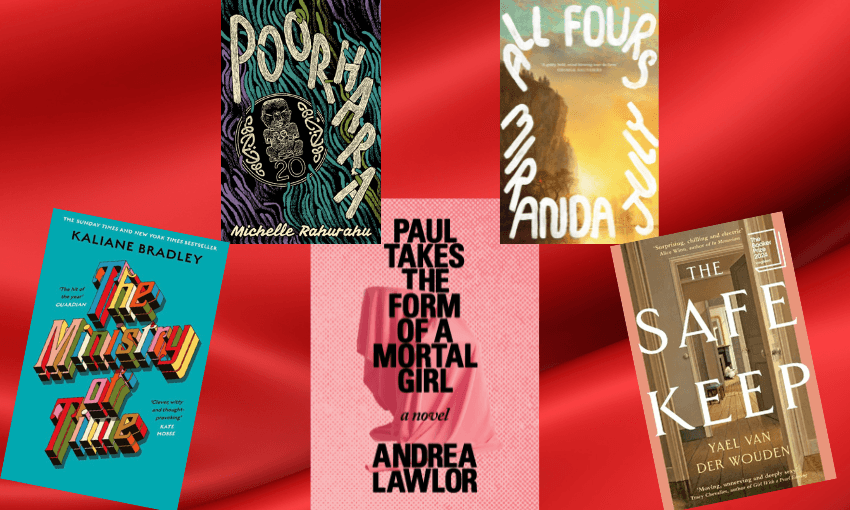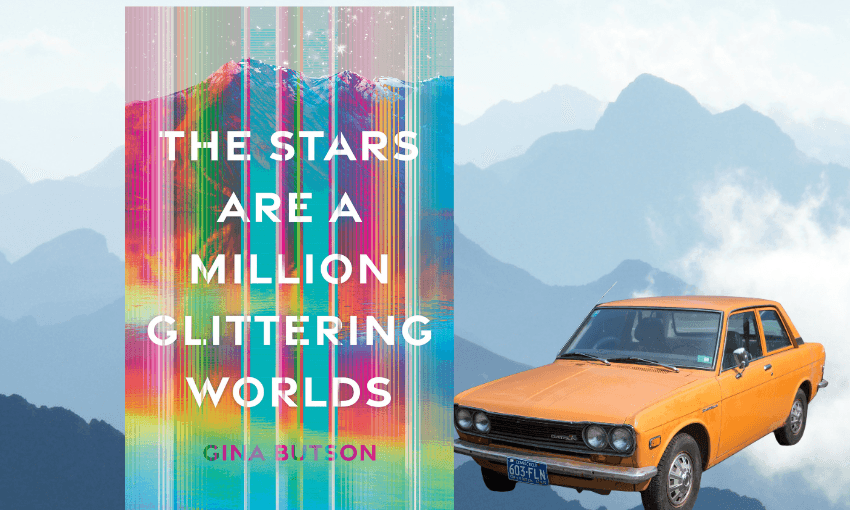Almost every public library in New Zealand no longer charges fines. How has that affected usage?
In 2021 and 2022, following a push overseas, many New Zealand public libraries ditched fines. “It’s this idea that we’re supporting our users in our community – not that a library is a space where you might be fined,” says Anne Goulding, a professor of library and information science at VUW.
Instead of libraries charging an increasing fee when a book isn’t returned, and having to at times engage debt collectors to do so, the model changed. Users still have to pay when they lose a book, and if items are overdue, their accounts can be frozen. But for the most part, walking into a library with a book due last Tuesday won’t cost money to fix.
“People feel embarrassed and ashamed when they have fines, and often stop using the library,“ says the website of Fine Free Aotearoa, a campaign from Public Libraries of New Zealand. According to their map, Wairoa is the only district that still has library fines on children’s books: 30 cents per overdue day and $3.50 for each reminder letter they send. Six libraries (Hamilton, Whanganui, Marlborough, Grey, Waimate and Wairoa) still have overdue fines for adults. Fine Free Aotearoa quotes dozens of local and international examples – including Upper Hutt, the first library system in New Zealand to drop fines – showing that removing fines increased library usage.
After three years without fines, Christchurch City Libraries has definitely seen an increase in usage. “Following the removal of fines, we have seen an 8% increase in the number of library members using our collections and services,” says Rosie Levi, the acting head of Christchurch City Libraries, where fines were dropped in July 2022.
The data is positive across all libraries: Wellington City Libraries saw a 30% increase in new customers in its second year without fees, even though the city’s main library is closed. “The problem with library fines wasn’t that the books didn’t come back – it was that the people never did. Now our libraries are truly for everyone,” said Wellington councillor Rebecca Matthews earlier this year, having championed the change.
Even when fines were collected, it wasn’t a significant portion of the cost of running libraries; in Auckland, 33% of fines were never collected. While it’s difficult to track exactly how much administering fines cost, there was an impact in staff time, negotiating payment plans and calling customers on the phone. Use of electronic books – which return themselves – meant that the number of people getting fines was already decreasing.
The change was a simple one, says Goulding, but it indicated something more profound. “Having fines is kind of paternalistic – the idea that people can’t be trusted to return things on time.” It’s also a question about what the fines achieved. “Some people say that library fines are good, because they teach people to be civic minded and responsible – but is that really the job of a library?”
There are some caveats to the data. Councils started removing fines at the same time as pandemic restrictions ended, which brought people back to libraries. And high inflation and job losses tend to be an indicator of library use. “It’s called the Librarian’s Axiom: when there’s a recession, library use increases,” Goulding says.
The logic of removing fines and making libraries more popular is obvious. People with overdue books might avoid going back to a library and making use of its resources because they don’t want to pay a fine; people might check out fewer books, because fines for five overdue books would be more than fines for one or two.
Removing fines does impact library revenue streams. The revenue for Christchurch City Libraries for the 2024-25 year was $569,000, less than half the $1,354,000 in revenue in 2020-21, before fines were removed in 2022 and holds became free in 2024. “It’s easier for large library systems in major cities to absorb that cost, smaller ones struggle,” Goulding says.
As the removal of fines shows, libraries are finding ways to serve their community beyond just providing access to books. “If you ask people what libraries are, the quality of ‘library-ness’ is around books,” Goulding says. But while “books are still at the heart of what libraries do”, libraries have benefitted from expanding their offerings.
“We know that half the community don’t use our services,” says Mat Logan, manager of culture, content and learning at Selwyn District Council. If you’re regularly checking out books, you get a great deal; not so much otherwise. “Some people have books at home, some have English as a second language, some have poor literacy, some just don’t like books. But they all pay rates.”
Encompassing the rural land to the south and west of Christchurch, including Rolleston and Lincoln, Selwyn is New Zealand’s fastest growing district. Lots of people haven’t been in the area long, presenting a challenge to libraries. “People are migrating from metropolitan centres looking for housing affordability, and they bring with them big city expectations of services,” Logan says.
Selwyn’s libraries have responded with creative event programming: finding people in the local community who have skills to teach. Workshops this winter include pattern drafting, ring making, female self defence, gin making, Matariki crafts and a series teaching te reo Māori. The quarterly brochure has become “an eagerly anticipated release… we have people who are diehard fans of the content,” Logan says.
There’s been a change in who comes into the library: older dads and their 20-something sons attending a beer brewing course, or older Pasifika people attending a dance workshop – demographics the library usually sees less of. “The signs of success are when you look around and think ‘I haven’t seen half of those people before’,” Logan says.
It’s required financial commitment, including a dedicated programming team who find people to teach bonsai cutting or fly fishing. Selwyn Libraries hosts a mix of free and paid events. “We make that money back [through paid events], but there are ways you could do this without spending so much money – a gardening series, a seed swap.”
As with removing fines, this requires a broader view of what libraries are there for. “Maybe people leave the class with a book about home brewing – that’s great. But maybe they go and watch a YouTube video, or take another class,” Logan says.
Newly built libraries often include space for a range of activities. “More mobile shelving can be moved around, and lower shelving makes the space lighter and brighter,” says professor Goulding. “There is a conflict there – because it means less space for books.”
Books remain vital resources – but libraries can be a starting place for all kinds of lifelong learning, Logan says. “We see our role as going as broad as possible, planting a bunch of seeds and seeing what will sprout.”






